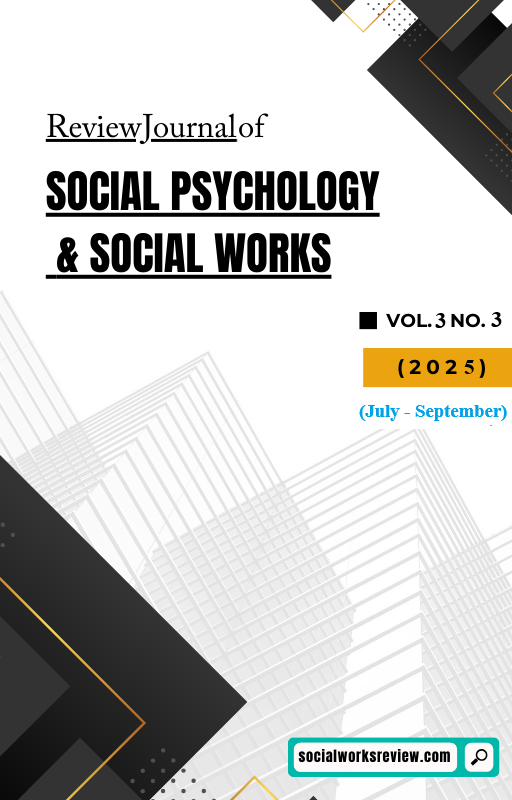Acting Out Language: Educational Theatre as a tool for Communicative Competence in SLA
Abstract
This study aims to analyse the impact of integrating educational theatre for the enhancement of communicative competence of BS students in English as a second language at Quaid-e-Azam University, Islamabad. Based on Del Hymes’s theory and the discourse-focused model developed by Meril Swaine and Michael Carnale, this exploratory research uses quantitative methods to examine the effect of theatrical learning-teaching tasks on the students’ language proficiency. Drawing on the research questions, participants’ data was obtained through thirty structured questionnaires showing fluency, sociolinguistic competence, and strategic communication. The results show more than eighty percent efficacy in fluency, confidence, and communication in various situations. Technique notations like role-play and improvisation were helpful because these forms of drama enabled intended theatrical language use and encouraged innovation, emotion, and getting along. However, a negligible percentage of the participants experienced difficulties in embracing the theatre-based approaches, which pointed to the importance of delivering the instructions correctly together with training the teachers appropriately. This research stresses the need for incorporating educational theatre in English language curricula in order to close the theory-practice divide. The study therefore fills a gap within contemporary language education research by establishing its applicability in achieving ambitious linguistic and individual development goals for young learners, while advancing knowledge of promising, contextually integrated approaches to communicative development.





